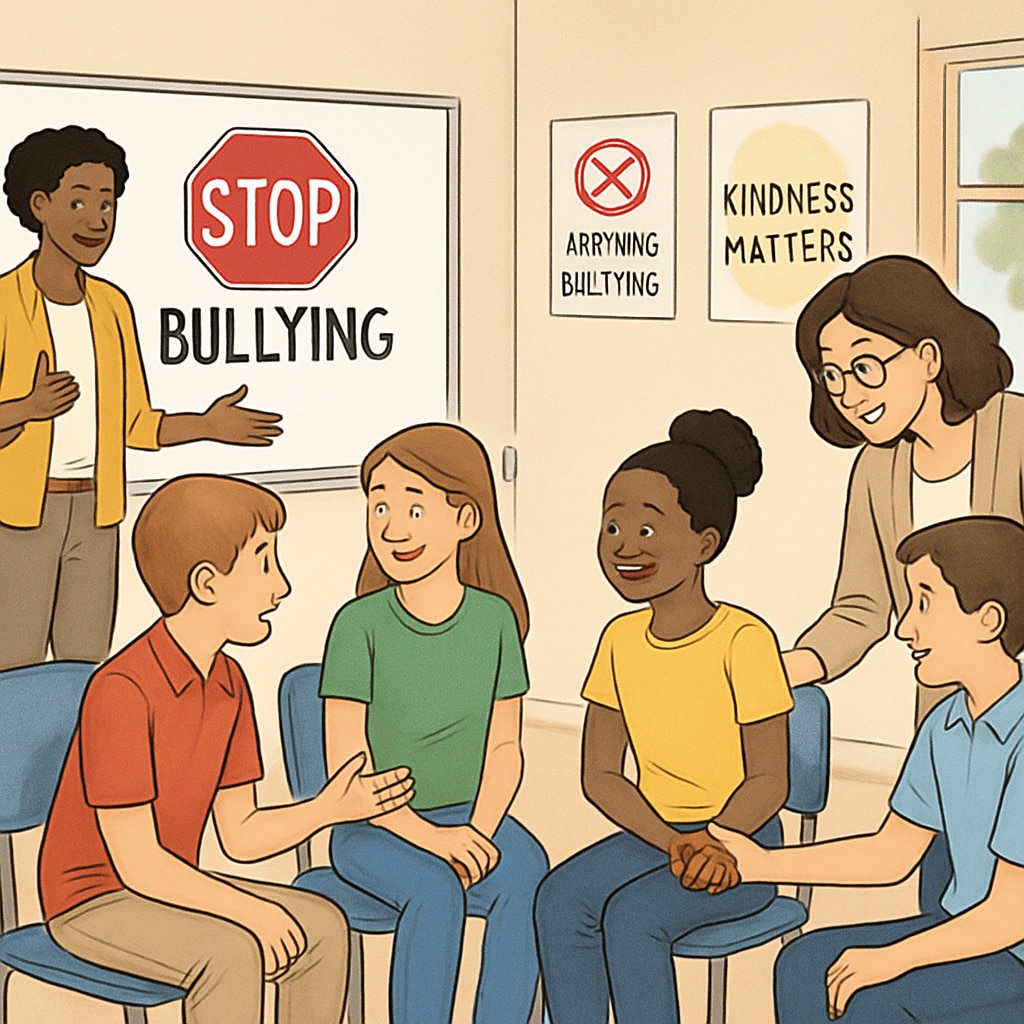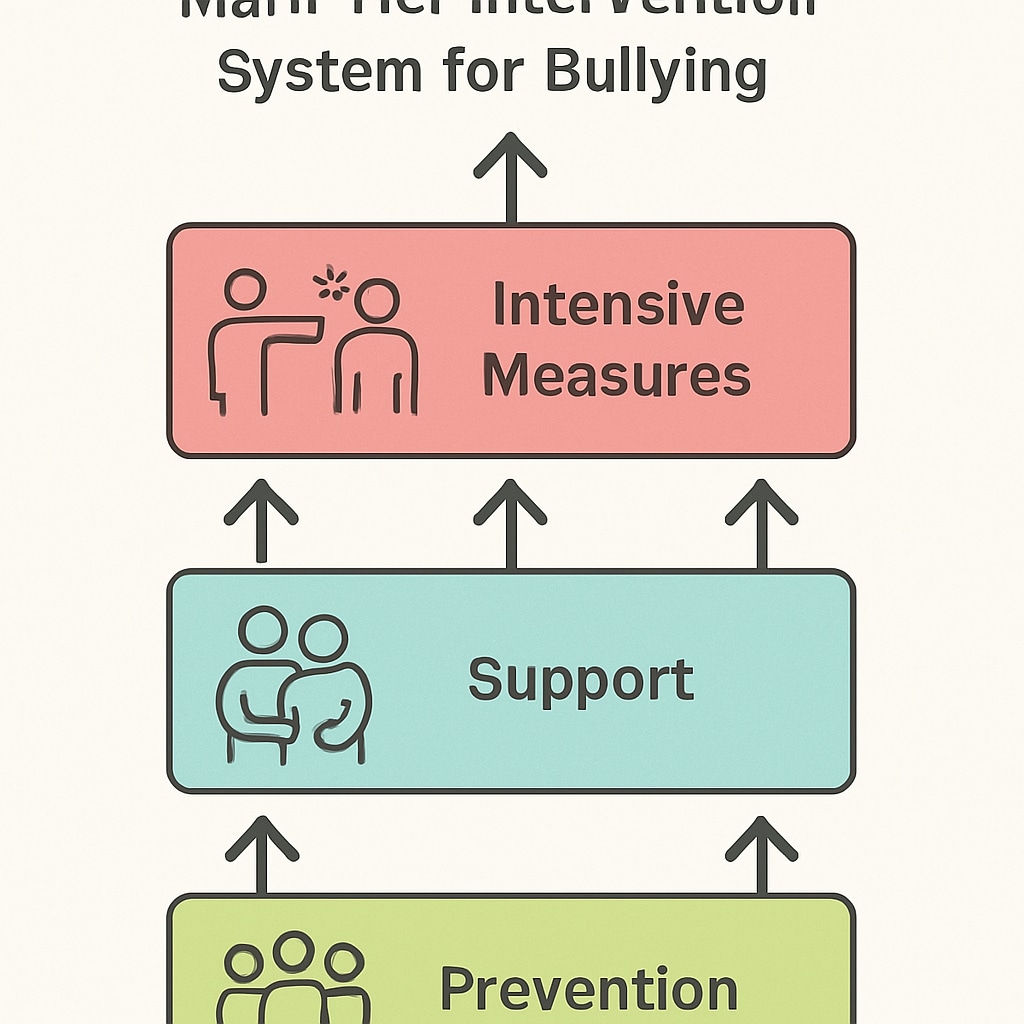Addressing “school bullying, response strategies, and consequence management” has become increasingly critical for building safe and supportive learning environments. Bullying can severely impact a student’s emotional, social, and academic well-being. Schools require a well-structured framework to not only identify harmful behaviors but also implement preventive and corrective measures effectively.
Defining Bullying and Distinguishing It from Developmental Behaviors
One of the first steps in tackling bullying is establishing a clear definition. Bullying involves repetitive, intentional actions aimed at harming or intimidating others, often in situations where power imbalance exists. It is crucial for educators and parents to differentiate bullying from normal developmental behaviors, such as occasional conflicts or misunderstandings among peers. Failing to make this distinction can lead to overgeneralization, which may hinder proper interventions.
To clarify, bullying often manifests in three primary forms:
- Physical bullying: Includes hitting, kicking, or other physical aggression.
- Verbal bullying: Involves insults, threats, or discriminatory language.
- Cyberbullying: Occurs through online platforms, targeting victims via social media, messaging apps, or other digital spaces.
By educating staff and students about these types, schools can create transparency around bullying behaviors and ensure consistent understanding across the community.

Building a Multi-Tiered Intervention System
Effective bullying prevention and management requires a layered approach. A multi-tiered system addresses bullying at various levels, ensuring that interventions are both proactive and reactive. Schools can implement the following structure:
- Universal Prevention: This includes school-wide policies, awareness campaigns, and social-emotional learning programs to foster empathy and resilience.
- Targeted Support: Special programs for at-risk groups, such as peer mediation or counseling, to prevent escalation.
- Intensive Interventions: For severe bullying cases, personalized action plans, involving parents, administrators, and mental health professionals, are necessary.
In addition to these tiers, schools should maintain clear communication channels for reporting incidents. Anonymous reporting systems, for example, encourage students to speak up without fear of retaliation.

Managing Consequences and Promoting Positive Behavioral Change
When bullying occurs, addressing consequences is essential. However, punitive measures alone often fail to bring lasting change. Schools should focus on restorative practices that help perpetrators understand the impact of their actions while supporting victims in their recovery.
Key strategies for consequence management include:
- Restorative Justice: Facilitated conversations between victims and perpetrators to rebuild trust and accountability.
- Counseling Support: Providing access to professional resources for both victims and offenders.
- Behavior Contracts: Agreements signed by the perpetrator outlining specific actions to improve behavior, monitored by teachers or counselors.
By balancing accountability with rehabilitation, schools can create a culture of learning and growth rather than fear and punishment.
Readability guidance: Use clear definitions, short paragraphs, and bullet points to improve comprehension. Ensure that transitions (such as “however,” “in addition,” and “as a result”) are well-distributed throughout the text.


